Elementary Analysis: The Theory of Calculus
Kenneth A. Ross
0 /
0
1 comment
How much do you like this book?
What’s the quality of the file?
Download the book for quality assessment
What’s the quality of the downloaded files?
For over three decades, this best-selling classic has been used by thousands of students in the United States and abroad as a must-have textbook for a transitional course from calculus to analysis. It has proven to be very useful for mathematics majors who have no previous experience with rigorous proofs. Its friendly style unlocks the mystery of writing proofs, while carefully examining the theoretical basis for calculus. Proofs are given in full, and the large number of well-chosen examples and exercises range from routine to challenging. The second edition preserves the book’s clear and concise style, illuminating discussions, and simple, well-motivated proofs. New topics include material on the irrationality of pi, the Baire category theorem, Newton’s method and the secant method, and continuous nowhere-differentiable functions. Review from the first edition: “This book is intended for the student who has a good, but naïve, understanding of elementary calculus and now wishes to gain a thorough understanding of a few basic concepts in analysis…. The author has tried to write in an informal but precise style, stressing motivation and methods of proof, and … has succeeded admirably.” —MATHEMATICAL REVIEWS
Table of Contents
Cover
Elementary Analysis – The Theory of Calculus, Second Edition
ISBN 9781461462705 ISBN 9781461462712
Preface
Contents
Introduction
�1 The Set N of Natural Numbers
�2 The Set Q of Rational Numbers
2.1 Definiion.
2.2 Rational Zeros Theorem.
2.3 Corollary.
2.4 Remark.
�3 The Set R of Real Numbers
3.1 Theorem.
3.2 Theorem.
3.3 Definiion.
3.4 Definiion.
3.5 Theorem. (i) |a|=0 for all a R. (ii) |ab| = |a|�|b| for.all a, b R. (iii) |a b|=|a| |b| for all .a, b . R. Proof (i) is
3.6 Corollary.
3.7 Triangle Inequality.
�4 The Completeness Axiom
4.1 Definiion.
4.2 Definiion.
4.3 Definiion.
4.4 Completeness Axiom.
4.5 Corollary.
4.6 Archimedean Property.
4.7 Denseness of Q.
�5 The Symbols 8 and -8
�6 * A Development of R
Sequences
�7 Limits of Sequences
7.1 Definiion.
�8 A Discussion about Proofs
�9 Limit Theorems for Sequences
9.1 Theorem.
9.2 Theorem.
9.3 Theorem.
9.4 Theorem.
9.5 Lemma.
9.6 Theorem.
9.7 Theorem (Basic Examples). (a) lim 1
9.8 Definiion.
9.9 Theorem.
9.10 Theorem.
�10 Monotone Sequences and Cauchy Sequences
10.1 Definiion.
10.2 Theorem.
10.3 Discussion of Decimals.
10.4 Theorem.
10.5 Corollary.
10.6 Definiion.
10.7 Theorem.
10.8 Definiion.
10.9 Lemma.
10.10 Lemma.
10.11 Theorem.
�11 Subsequences
11.1 Definiion.
11.2 Theorem.
11.3 Theorem.
11.4 Theorem.
11.5 Bolzano-Weierstrass Theorem.
11.6 Definiion.
11.7 Theorem.
11.8 Theorem.
11.9 Theorem.
�12 lim sup’s and lim inf’s
12.1 Theorem.
12.2 Theorem.
12.3 Corollary.
�13 * Some Topological Concepts in Metric Spaces
13.1 Definiion.
13.2 Definiion.
13.3 Lemma.
13.4 Theorem.
13.5 Bolzano-Weierstrass Theorem.
13.6 Definiion.
13.7 Discussion.
13.8 Definiion.
13.9 Proposition.
13.10 Theorem.
13.11 Definiion.
13.12 Heine-Borel Theorem.
13.13 Proposition.
�14 Series
14.1 Summation Notation.
14.2 Infinit Series.
14.3 Definiion.
14.4 Theorem.
14.5 Corollary.
14.6 Comparison Test.
14.7 Corollary.
14.8 Ratio Test.
14.9 Root Test.
14.10 Remark.
�15 Alternating Series and Integral Tests
15.1 Theorem.
15.2 Integral Tests.
15.3 Alternating Series Theorem.
�16 * Decimal Expansions of Real Numbers
16.1 Long Division.
16.2 Theorem.
16.3 Theorem.
16.4 Definiion.
16.5 Theorem.
Continuity
�17 Continuous Functions
17.1 Definiion.
17.2 Theorem.
17.3 Theorem.
17.4 Theorem.
17.5 Theorem.
�18 Properties of Continuous Functions
18.1 Theorem.
18.2 Intermediate Value Theorem.
18.3 Corollary.
18.4 Theorem.
18.5 Theorem.
18.6 Theorem.
�19 Uniform Continuity
19.1 Definiion.
19.2 Theorem.
19.3 Discussion.
19.4 Theorem.
19.5 Theorem.
19.6 Theorem.
�20 Limits of Functions
20.1 Definiion.
20.2 Remarks. (a) From De.nition 17.1 we see that a function f is continuous at
20.3 Definiion. (a) For a . R and a function f we write limx a f (x)=L provided
20.4 Theorem.
20.5 Theorem.
20.6 Theorem.
20.7 Corollary.
20.8 Corollary.
20.9 Discussion.
20.10 Theorem.
20.11 Remark.
�21 * More on Metric Spaces: Continuity
21.1 Definiion.
21.2 Proposition.
21.3 Theorem.
21.4 Theorem.
21.5 Corollary.
21.6 Remark.
21.7 Theorem.
21.8 Baire Category Theorem.
21.9 Corollary.
21.10 Discussion.
21.11 Theorem.
�22 * More on Metric Spaces: Connectedness
22.1 Definiion.
22.2 Theorem.
22.3 Corollary.
22.4 Definiion.
22.5 Theorem.
0) click to read more
Categories:
Mathematics – Analysis
Year:
2013
Edition:
2nd ed. 2013
Publisher:
Springer
Language:
english
Pages:
422
ISBN 10:
1461462703
ISBN 13:
9781461462705
Series:
Undergraduate Texts in Mathematics
File:
PDF, 3.23 MB

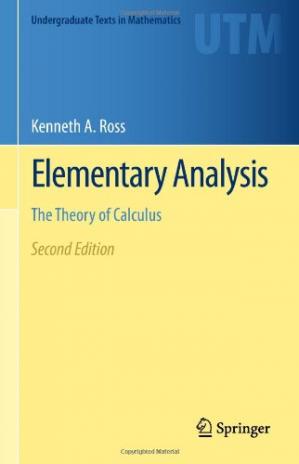

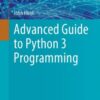
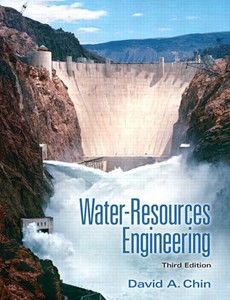
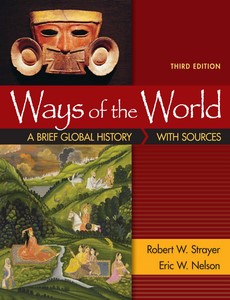

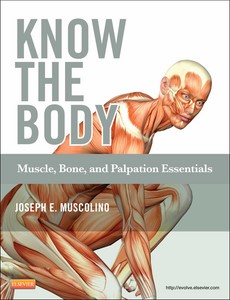
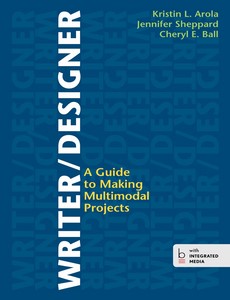


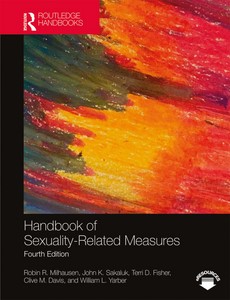
Reviews
There are no reviews yet.